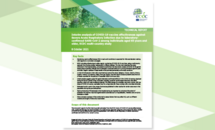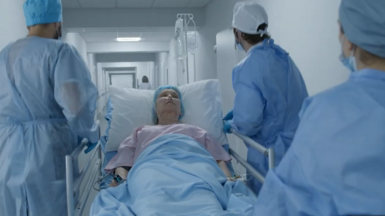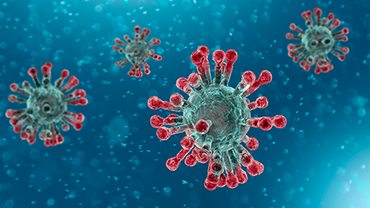COVID-19 surveillance guidance - Transition from COVID-19 emergency surveillance to routine surveillance of respiratory pathogens
This publication offers practical guidance to EU/EEA countries, encouraging them to transition from emergency surveillance for COVID-19 to more sustainable, objective-driven, surveillance systems.
Executive Summary
Most European Union/European Economic Area (EU/EEA) countries have established comprehensive surveillance systems for COVID-19 with a large proportion reporting all positive cases regardless of indication for testing. Furthermore, testing policies have been different across countries, thus affecting data comparability at EU/EEA level. This guidance encourages countries to transition from emergency surveillance to more sustainable, objective-driven, surveillance systems according to the following key points:
- Systems should allow for integrated surveillance of COVID-19, influenza and other respiratory pathogens that are likely to co-circulate in the population.
- Current influenza surveillance systems are not sufficiently sensitive and representative to enable joint COVID-19 surveillance, thus countries should consider expanding the coverage of sentinel providers to improve sensitivity and to collect sufficient specimens for further characterisation.
- Countries should focus on reporting symptomatic cases, i.e. cases that have been tested because of experiencing COVID-19 compatible symptoms, as this will improve comparability.
- If comprehensive testing of all those presenting with symptoms is not feasible, a representative subset of symptomatic cases should be tested, preferably by PCR.
- A representative subset of SARS-CoV-2 positive specimens should be sequenced. Genomic surveillance of representative samples should be coupled with targeted comprehensive sampling in special settings or populations.
- Monitoring of vaccine effectiveness should be carried out through ad hoc studies, possibly embedded in surveillance systems.
- Countries should continue mortality monitoring and consider sero-epidemiological surveys among complementary systems which will help meet the main surveillance objectives.
Download







